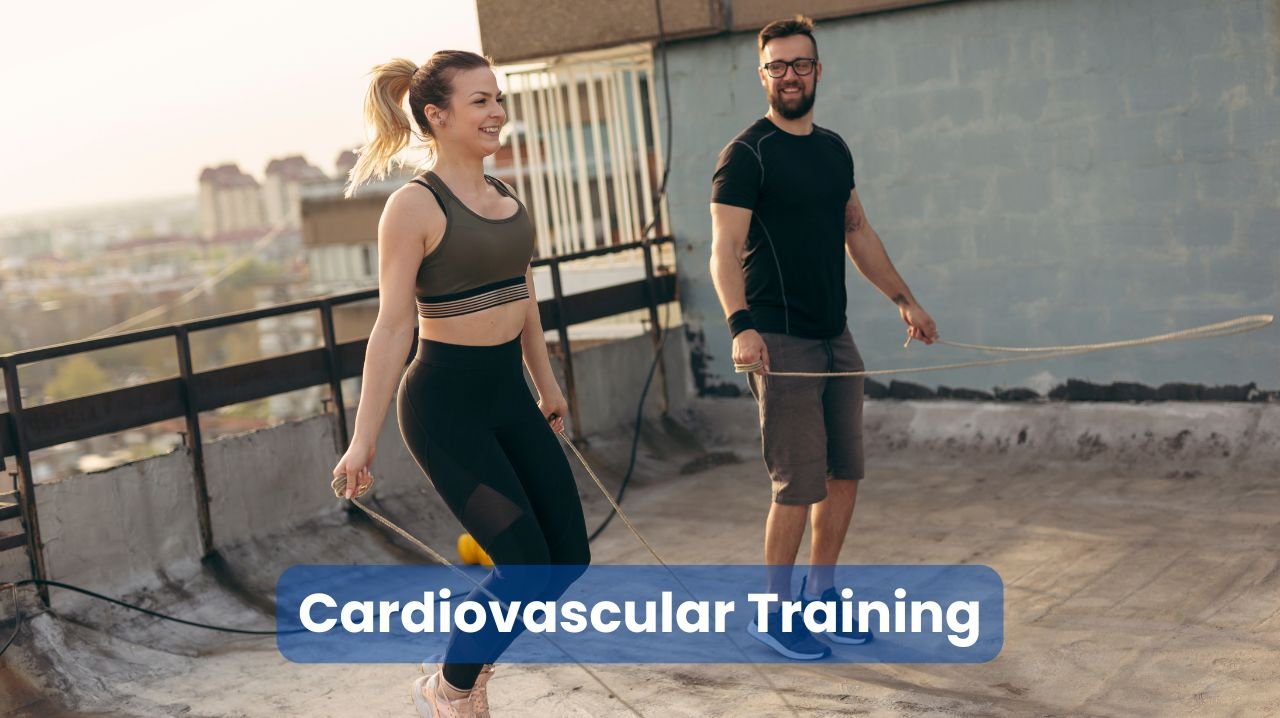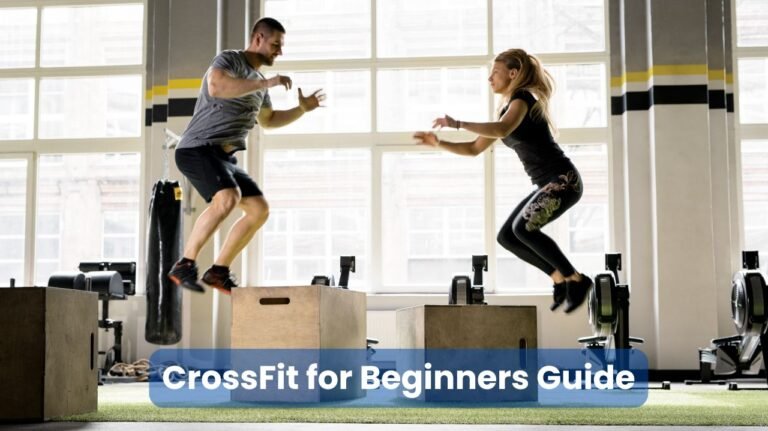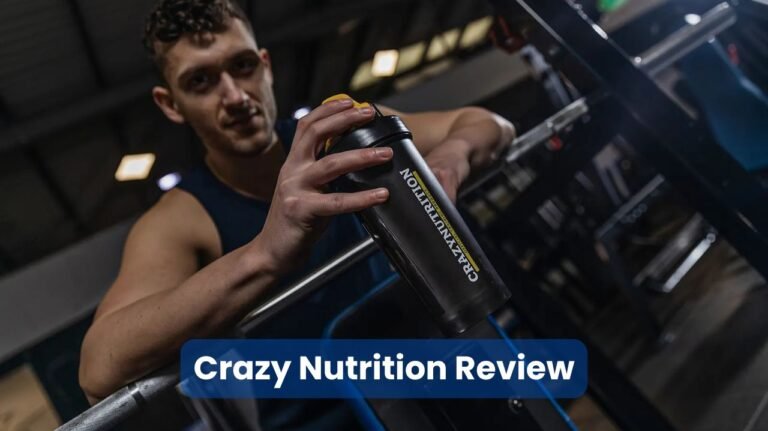Cardiovascular Training: Types, Benefits, Optimizing Your Fitness
Cardiovascular training, often simply called “cardio,” has become an essential component of modern fitness routines.
Whether you’re a beginner just starting your fitness journey or an experienced athlete looking to optimize your training, understanding the various types of cardio and their benefits can help you make informed decisions about your workout regimen.
👉 Boost in Focus and Energy to Help Increase Pumps and Performance
👉 Increase Gains, Promote Muscle Growth and Boost Energy
👉 Powerful Muscle Growth, Increased Blood Flow, and Enhanced Pumps
👉 Bulk-Up, Increase Gains, And Improve Recovery
Understanding Cardiovascular Training
Cardiovascular training refers to any physical activity that increases your heart rate and maintains it at an elevated level for an extended period. This type of exercise strengthens your heart, lungs, and circulatory system, improving your body’s ability to deliver oxygen and nutrients to working muscles while removing metabolic waste products.
How Cardio Affects Your Body
When you engage in cardiovascular exercise, several physiological changes occur:
- Your heart rate increases
- Blood flow to muscles improves
- Breathing rate accelerates
- Core body temperature rises
- Endorphin production increases
Types of Cardiovascular Training
Different forms of cardio training can suit various fitness levels, preferences, and goals. Here’s a comprehensive breakdown of the main types:
Low-Intensity Steady State (LISS)
LISS training involves maintaining a consistent, moderate effort level for an extended period. This type of cardio is excellent for beginners and serves as a foundation for more advanced training.
Common LISS activities include:
- Walking
- Light jogging
- Swimming at a steady pace
- Cycling on flat terrain
- Using an elliptical machine at a moderate pace
High-Intensity Interval Training (HIIT)
HIIT alternates between intense bursts of activity and short recovery periods. This training style has gained popularity due to its time efficiency and effectiveness.
Popular HIIT workouts include:
- Sprint intervals
- Tabata training
- Circuit training
- Jump rope intervals
- Cycling sprints
Moderate-Intensity Continuous Training (MICT)
MICT falls between LISS and HIIT, offering a balanced approach to cardio training.
Examples of MICT include:
- Jogging
- Rowing
- Stair climbing
- Dance cardio
- Kickboxing
Sport-Specific Cardio
Many sports naturally incorporate cardiovascular training while developing specific skills.
Popular cardio-intensive sports:
- Basketball
- Tennis
- Soccer
- Boxing
- Swimming
Comparison of Cardio Training Types
| Training Type | Intensity | Duration | Recovery Needs | Best For |
|---|---|---|---|---|
| LISS | Low | 45-60 min | Minimal | Beginners, Recovery, Fat Loss |
| HIIT | High | 20-30 min | High | Time-Efficient, Performance |
| MICT | Moderate | 30-45 min | Moderate | General Fitness |
| Sport-Specific | Varies | Varies | Varies | Skill Development |
Benefits of Cardiovascular Training
Physical Health Benefits
Regular cardio exercise provides numerous physical health advantages:
- Improved heart health and reduced risk of cardiovascular disease
- Enhanced lung capacity and respiratory function
- Better blood pressure control
- Increased bone density
- Improved immune system function
- Enhanced metabolism and weight management
- Better insulin sensitivity
- Increased endurance and stamina
Mental Health Benefits
The positive effects of cardio extend beyond physical health:
- Reduced stress and anxiety
- Improved mood through endorphin release
- Better sleep quality
- Enhanced cognitive function
- Increased mental resilience
- Improved self-esteem
- Better concentration and focus
Weight Management Benefits
Cardiovascular training plays a crucial role in weight management:
- Increased caloric expenditure
- Enhanced fat oxidation
- Improved metabolic rate
- Better appetite regulation
- Preserved lean muscle mass (when combined with proper nutrition)
How to Get Started with Cardio Training
Beginner’s Guide
Starting a cardio routine doesn’t have to be overwhelming:
- Begin with walking or light jogging
- Start with 10-15 minutes per session
- Gradually increase duration and intensity
- Listen to your body and progress at your own pace
- Focus on consistency over intensity
Equipment Needed
Basic cardio training requires minimal equipment:
- Comfortable, supportive athletic shoes
- Moisture-wicking clothing
- Water bottle
- Heart rate monitor (optional)
- Activity tracker (optional)
Safety Considerations
Before Starting
Important steps before beginning a cardio routine:
- Consult with healthcare provider if you have any medical conditions
- Invest in proper footwear and clothing
- Learn proper form and technique
- Understand basic heart rate zones
- Set realistic goals
Common Mistakes to Avoid
Be aware of these frequent cardio training pitfalls:
- Doing too much too soon
- Skipping warm-up and cool-down
- Wearing inappropriate footwear
- Not staying hydrated
- Ignoring pain or discomfort
- Not allowing adequate recovery time
Creating a Balanced Cardio Program
Weekly Structure
A well-rounded cardio program might include:
- 2-3 LISS sessions
- 1-2 HIIT workouts
- 1 sports or recreational activity
- Adequate rest days between intense sessions
Progressive Overload
To continue seeing benefits, incorporate progressive overload by:
- Gradually increasing duration
- Slowly raising intensity
- Adding new challenges
- Incorporating different types of cardio
- Adjusting recovery periods
Measuring Progress
Performance Metrics
Track your progress using these indicators:
- Resting heart rate
- Recovery time
- Distance covered
- Time to complete specific distances
- Perceived exertion levels
- Energy levels throughout the day
Setting Goals
Establish both short-term and long-term goals:
- Daily movement targets
- Weekly distance or time goals
- Monthly performance improvements
- Long-term health and fitness objectives
👉 Pack On Muscle Mass and Get Bigger and Stronger
👉 Burn Fat and Get Seriously Ripped
👉 Get Explosive Strength and Maximum Stamina
👉 Become A Gym Beast With Legal SARMs Alternatives
Conclusion
Cardiovascular training is a versatile and essential component of any fitness routine. Whether you’re looking to improve your health, lose weight, or enhance athletic performance, there’s a type of cardio that can help you achieve your goals.
By understanding the different types of cardio training and their benefits, you can create a balanced program that suits your needs and helps you maintain long-term fitness success.
Remember that consistency is key, and it’s better to start slowly and build up gradually than to overdo it initially and risk injury or burnout. Listen to your body, stay hydrated, and enjoy the journey to better health through cardiovascular training.







